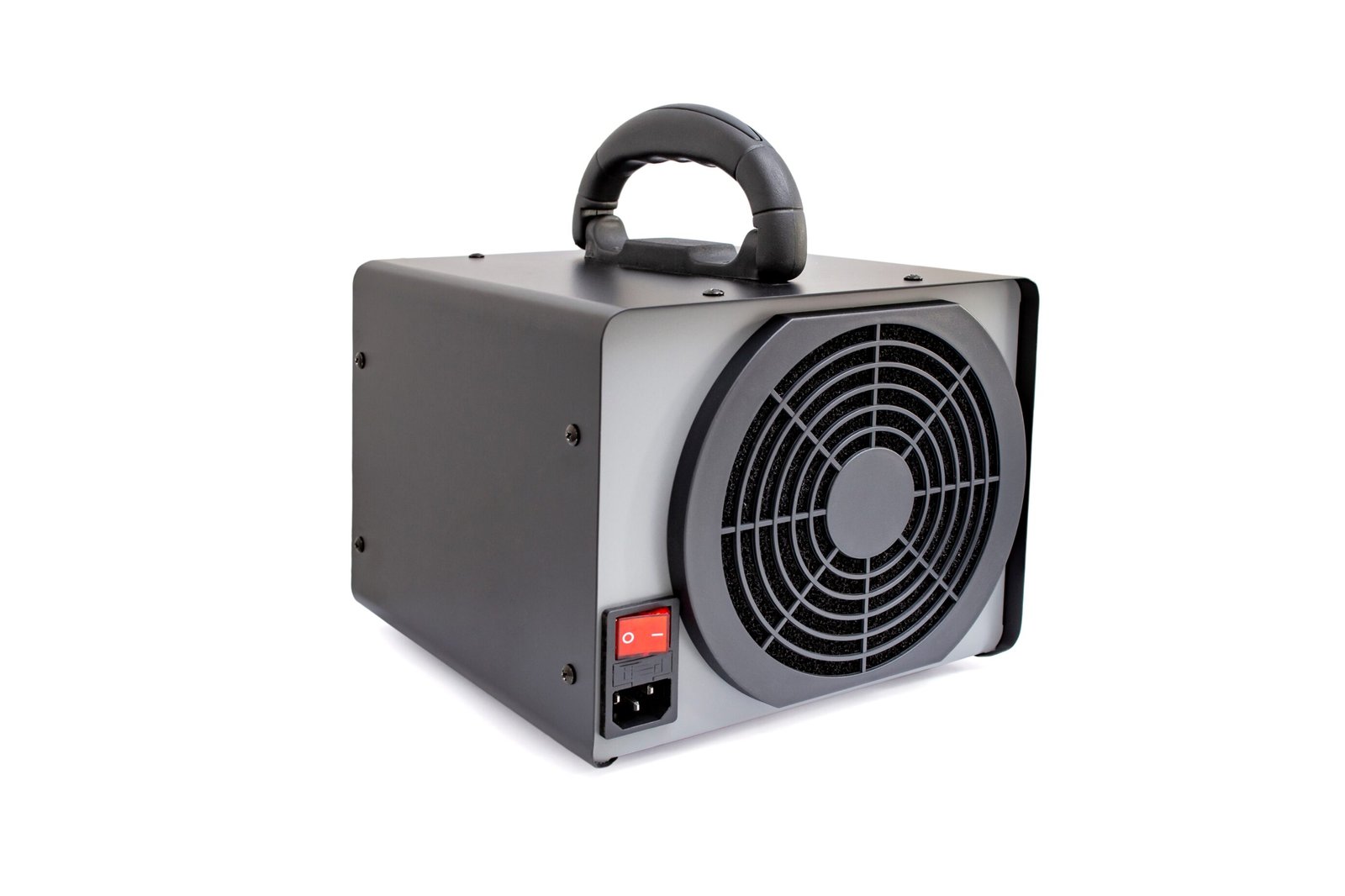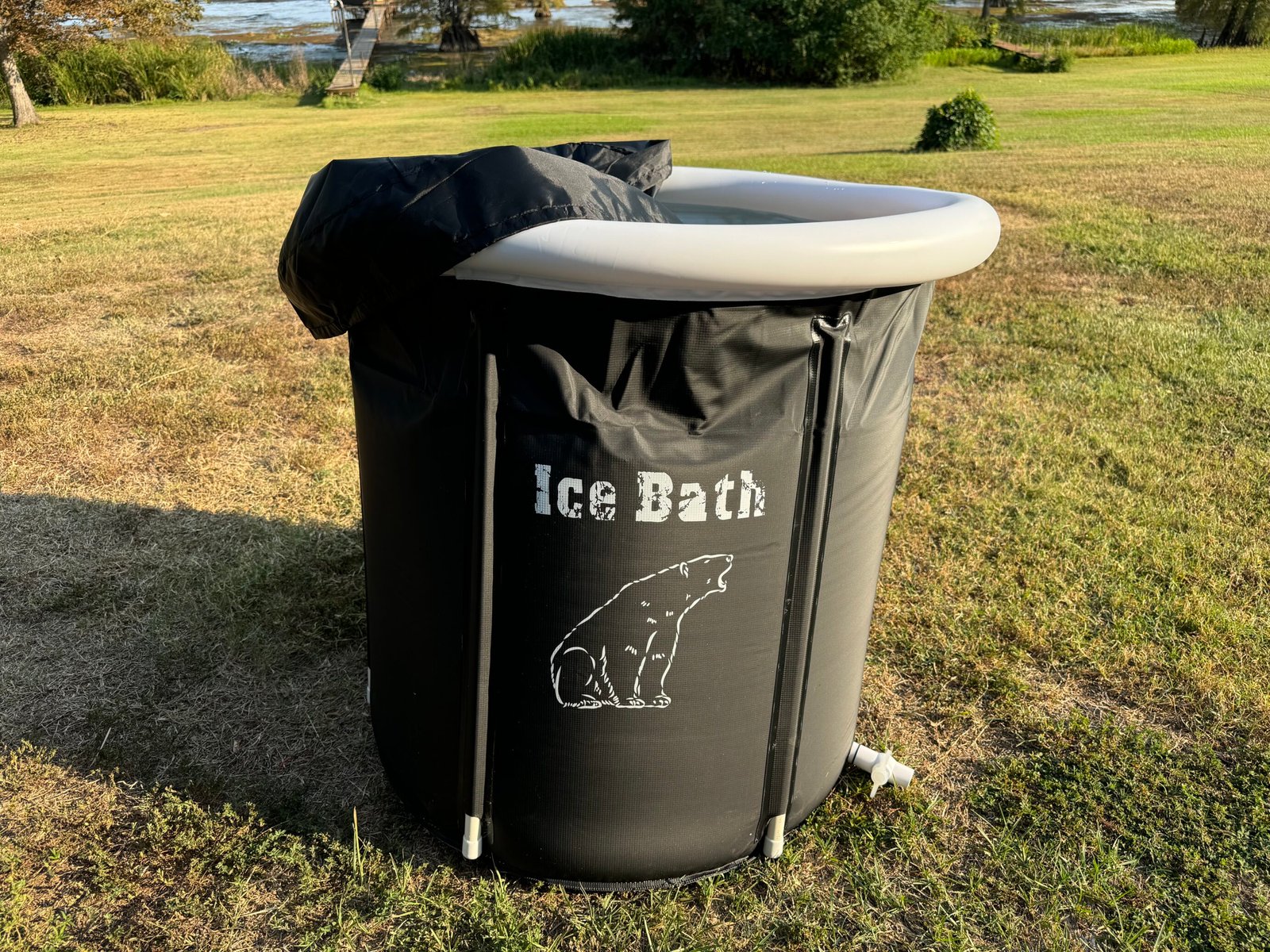How to Calm The Sympathetic Nervous System

Have you ever felt like your body’s alarm is stuck on? Maybe your heart starts racing over a small work email, your muscles get tight while you’re in traffic, or you can’t stop thinking about an awkward conversation from days ago.
You’re not broken—your sympathetic nervous system is just working too hard. In today’s busy, always-on world, a lot of us feel like we’re stuck in emergency mode all the time.
The good news? You already have simple ways to help your body calm down and reset. This guide will help you notice when your nervous system is stressed and show you easy ways to bring it back to balance.
Understanding Your Autonomic Nervous System
The autonomic nervous system (ANS) controls your body’s automatic functions that keep you alive. It’s essentially operating behind the scenes 24/7, and understanding how it works can transform your approach to stress and wellness.
On one side we have the sympathetic nervous system (SNS), your body’s “fight or flight” response. On the other side is the parasympathetic nervous system (PNS) or the “rest and digest” response.
These two systems are constantly working together, responding to different situations you encounter throughout your day.
Why Nervous System Balance Matters
By knowing the difference between your conscious thoughts and automatic bodily responses, you can regain control of situations that feel out of your control.
When you understand what’s happening physiologically during stress, you can intervene before things spiral.
Modern Life and Your Nervous System
Think of your nervous system as a city; the sympathetic nervous system (SNS) is the emergency service, always on high alert, ready to protect you from danger.

Now, add a bit of chronic stress—think of it as rush hour traffic—and it can put these emergency services into overdrive. This is where the lights and sirens go off way more than they should, causing anxiety, high blood pressure, and muscle tension you can’t get rid of.
What Happens When Stress Takes Over
When stress hits, it’s a call to action for stress hormones, adrenaline, and cortisol to ready the body for action. This is perfect for those “run from a tiger” moments, but it is not so good when the tiger is constantly bombarded emails, deadlines, and daily demands.
The kicker is that prolonged exposure to these stress signals can throw off the balance between our internal emergency response and our rest and digest system and put us into a state of hyper-arousal.
This means our nervous system gets crossed wires; we start to interpret everyday situations as high-stakes emergencies. It’s like having a car alarm that goes off at the slightest touch. Not only is this exhausting, but it sets the stage for a whole host of health issues down the line.
Signs Your Sympathetic Nervous System Is Overactive
An overactive nervous system can cause:
- Persistent anxiety and worry
- Hyper-vigilance (always on edge)
- Difficulty relaxing or falling asleep
- Digestive issues
- Muscle tension and pain
- Elevated heart rate and blood pressure
- Acne and skin issues
- Hair loss
- Low energy levels
But don’t worry; understanding this is the first step to turning down the stress and returning to calm and balance in the nervous system.
The Power of the Vagus Nerve
The vagus nerve is also a crucial part of your nervous system. It starts in the brain and ends in the large intestine, creating a superhighway that connects your brain to many important organs.
It plays a vital role in involuntary sensory and motor functions like digestion, heart rate, and immune responses.
Why Activate Your Vagus Nerve?
Activating the vagus nerve puts your body into a relaxed state so that it can properly allocate energy. When your vagus nerve isn’t functioning optimally, your body’s resources get misdirected.
This improper energy allocation can show up as stress, acne, stomach aches, headaches, hair loss, poor sleep, low energy, and more.
By activating the vagus nerve, you allow your body to send energy towards repairing skin, growing hair, improving digestion, enhancing sleep quality, boosting energy production, and much more.
Techniques to Calm Your Sympathetic Nervous System
Activating the Vagus Nerve
The vagus nerve is a crucial pathway for activating your parasympathetic nervous system. Here are some effective methods to stimulate it:
- Cold Plunging – A short exposure to cold water can stimulate the vagus nerve and trigger the relaxation response
- Music and Singing – Engaging with music, especially singing, creates vibrations that stimulate the vagus nerve
- Gentle Touch and Massage – Physical touch, particularly around the neck and shoulders, can activate the vagus nerve
- Breath Work Integration – Deep, slow breathing exercises directly stimulate vagal tone
Whether through cold exposure, music, touch, or breathwork techniques, activating your vagus nerve is a powerful way to counter sympathetic nervous system dominance.
5 Core Calming Practices
Let’s get into the most effective ways to calm your mind and body.
1. Deep Breathing
Research shows that slow, deep breathing increases comfort, relaxation, pleasantness, vigor and alertness, and reduces symptoms of arousal, anxiety, depression, anger, and confusion.
Try my personal favorite deep breathing exercise.

2. Progressive Muscle Relaxation
Relax each muscle group methodically, starting from your toes and working up to your head. Tense each muscle for a few seconds then release. This releases physical tension and relaxes the body.
Follow this step-by-step guide on progressive muscle relaxation!
3. Visualization
Close your eyes and imagine yourself on a beach or in a forest. Imagine the sights, sounds, and smells of this peaceful place. Visualization can distract your mind from stress and calm you down.
Try a guided visualization.
4. Yoga and Tai Chi
Do some yoga or tai chi. These combine physical strength, flexibility, and focus. Follow a guided routine to ensure you’re doing it right and get the most out of it.

5. Healthy Diet and Probiotics
Feed your gut healthy bacteria by eating a thoughtful diet rich in fiber, fruits, and vegetables. Add probiotics found in fermented foods like yogurt, kefir, sauerkraut, and kimchi.
Building Resilience to Reduce Stress
When your nervous system detects a threat, real or imagined, it triggers the fight-or-flight response and causes a cascade of physiological changes. But there are simple ways to build resilience against these stress responses.
Finding joy in the simple things can significantly reduce stress and activate your parasympathetic nervous system. Small moments of pleasure send signals to your body that you’re safe, countering the stress response.
The Nutrition-Nervous System Connection
Nutrition is also a key part of resilience. Eating whole foods supports your physical, mental, and emotional well-being.
When I switched from eating fast food three times a day (for convenience) to just three times a week (cooking more), I noticed a significant improvement in my overall well-being. I felt better, had more energy, and got better sleep.
Regular practices like meditation, consistent exercise, proper nutrition, and incorporating joyful activities into your daily life all work together to create a stronger, more resilient you.
Self-Care Practices for a Healthy Nervous System
Self-care isn’t just a luxury—it’s vital to maintaining a healthy nervous system. It starts with making time for activities that help you relax and recharge, like reading a book, watching YouTube, or just going for a walk.
Gratitude and positivity are also important components of self-care. Taking a few minutes each day to reflect on what you’re thankful for can improve your mood and overall outlook.

By making self-care a priority, you’re creating a buffer against stress and supporting your nervous system’s health. Add these practices into your daily routine to take your mind off daily stressors.
Creating a Stress-Free Home Environment
Your home should be a place where your body and mind can relax.
- Declutter and clean to cut down on visual stress.
- Add plants and natural light to boost mood and connect with nature.
- Use calming colors like blue, green, or earthy tones.
- Try lavender, chamomile, or eucalyptus scents with candles or oils.
- Set up a small spot for meditation, stretching, or deep breathing.
A calm space at home helps your body reset and recharge.
Conclusion
Your sympathetic nervous system is designed to protect you, but today it often gets triggered more than it needs to. The key is knowing what’s happening in your body and taking small steps to calm it down.
Things like breathing exercises, cold plunges, or making your space more peaceful can all help. It’s not about fixing everything at once but making small changes regularly.
Over time, these habits can help you feel more steady and less overwhelmed.
FAQs
Medical Disclaimer
The information contained in this post is for informational and educational purposes only. It is not intended to provide medical advice or to take the place of such advice or treatment from a personal physician. All readers/viewers of this content are advised to consult their doctors or qualified health professionals regarding specific health questions or before embarking on any new health or wellness routine, including saunas and cold plunging. Neither the author(s) nor the publisher of this content take responsibility for possible health consequences of any person or persons reading or following the information in this educational content. All viewers of this content, especially those taking prescription or over-the-counter medications, should consult their physicians before beginning any cold plunging routine or other health or wellness program.








